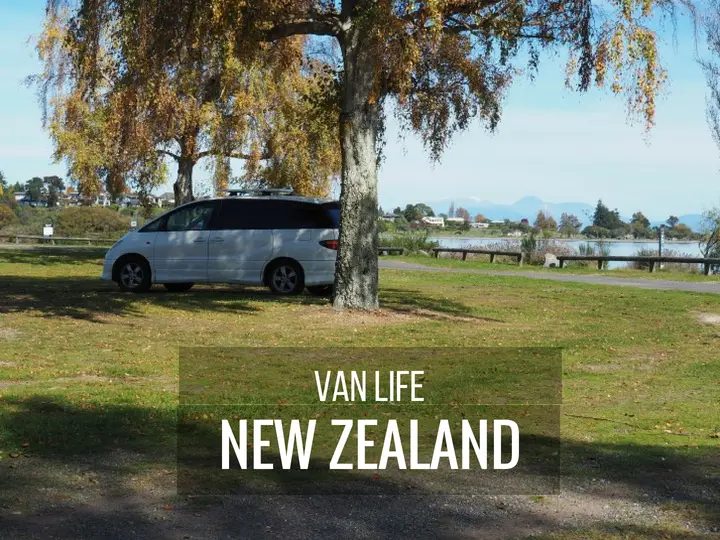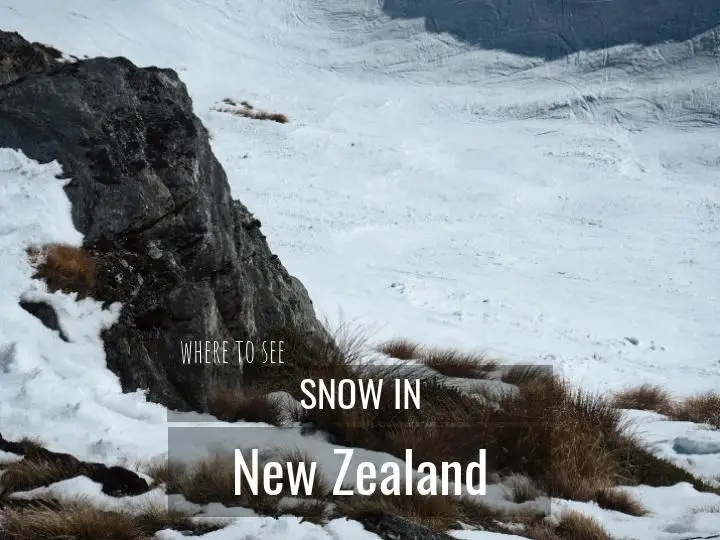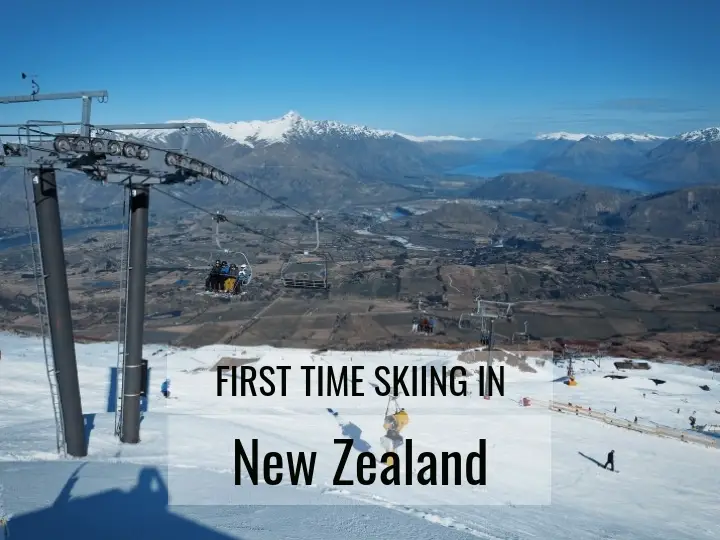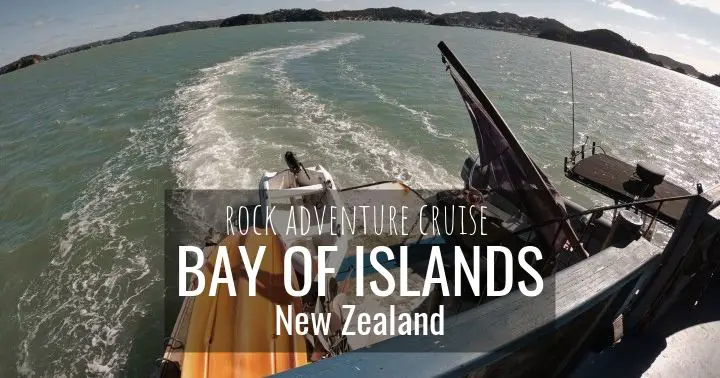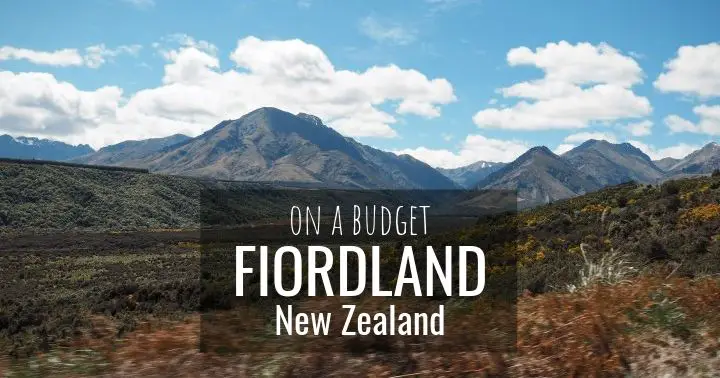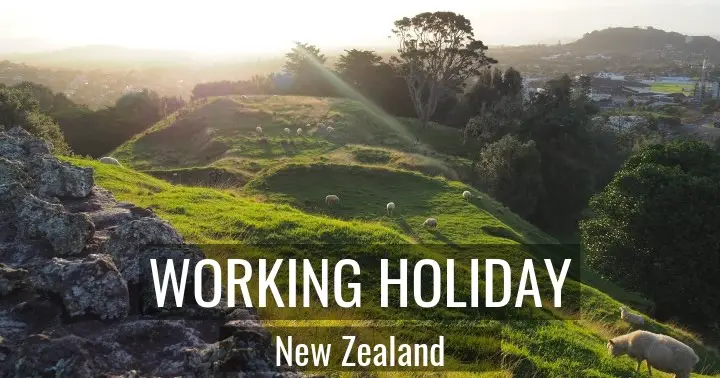Initially, our “van life” plan was to buy a camper car in South Island and a regular car in the North Island. But we decided to keep an open mind and just see what the options were once we got to Auckland. We did however keep a look out for cars and vans on sale in this forum “Backpackers Campervan/Cars/4wds/Vans/Wagons Buy & Sell NZ” – you have to sign up to be a member and be approved by the admin before you can see the posts.
Also, we put our budget around $3,000-5,000 for a secondhand converted camper car. Alas, we did go over budget but you’ll see why in a minute.
Getting Started on Van life in New Zealand
So many choices:
Options of cars to buy
There are a few options (excluding buying a brand new car) listed here in order or lowest to highest price typically:
- Secondhand car or van (no conversion done) costs less than $3,000
- Converted car or van (not self-contained) between $3,000 and $5,000
- Converted car or van (self-contained) ~>$4,000 and up to $10,000 unless it’s a reaaaaaaally old car
- Motorhome – $10,000++++
Note:
You could rent but we decided to buy since we plan to stay in New Zealand for several months meaning we had time to sell off the van before flying back to Malaysia. The prices we listed were what we saw in March-April 2018 which is considered low season. I think it’s even lower now as winter is coming (GoT reference, anyone?). High season is summer time (e.g. December-January) so we’re hoping to sell ours around that time to get at least most of the money back.
Before you go out and buy or rent a camper car:
Some camper car and van life terms to know in New Zealand
Self contained – there are some sellers that will put self-contained but you should ask them whether their car is CERTIFIED for self-containment (for up to two people in our case). The sticker is blue and should state the year of expiry. Being self-contained implies that you have your own closed-loop supply of fresh water and grey water on board.
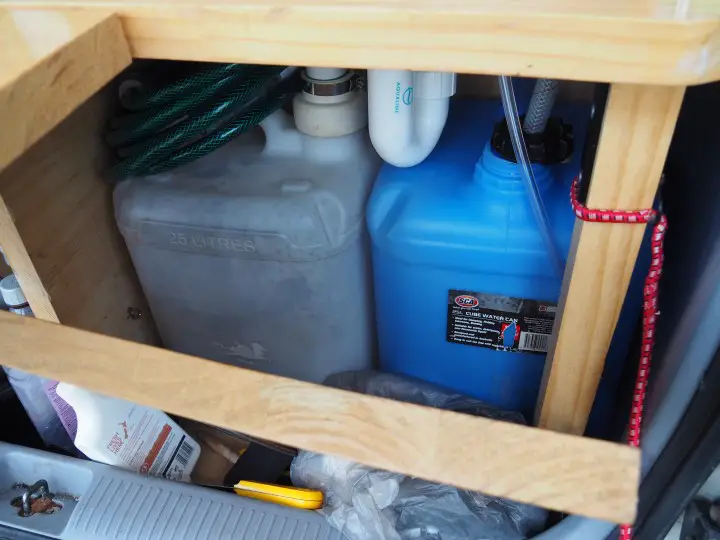
Grey water is the used water from washing your dishes. There should also be a portable toilet and a trashcan on board. The certification process has become tighter so understand that the owner probably went through a lot of trouble to get it certified. With this certificate, you can take advantage of many free (or cheap) campsites and car parks.
Just make sure the signage around says overnight camping with a SC (Self-contained) vehicle is allowed. It’s called “freedom camping” here. If you do get caught parking (without an SC certificate) at such a site, you will probably have a rude awakening at the early morning hours along with a fine to pay.
WOF (Warrant of Fitness) – a mandatory requirement in New Zealand that the car is road-worthy. There should be sticker at the front of the car with the expiry date. To renew the sticker, you have to pay for the car to go through full inspection and pass. So if you’re looking to buy a car, the more recent the issue date, the better but this will naturally increase the price of the car too. The price to renew this can vary around the country. It cost us $59 to get ours done at Invercargill when our WOF expired in September 2018.
REGO – this one is also a mandatory requirement in New Zealand. It shows the model of the car and who the current owner is. We renewed ours in May 2018 online here and payed $67.51 for 8 months. The online form is easy to fill but you can also do it at the post office (ask the cashier for the form). You can start to apply for renewal when you receive a letter from the New Zealand Transport Agency. There will be a 6-digit number at the top right corner of the letter you receive. We got our new sticker delivered to our rental address within 5 working days.
Cambelt or Chain – There are more details in this post here but to put it in short, the cambelt is usually made of rubber and has to be replaced regularly, especially if you plan to drive in winter. The chain is made of steel and should thus, last significantly longer than a cambelt. So when you’re buying your car, ask the owner about this.
If I missed out any terms that you’d like to know, leave us a message on our Facebook page.
Before we came to New Zealand, we had an idea of what we wanted roughly:
Looking for a secondhand car in New Zealand
It would be a self-contained car less than $5k. Not a van because we didn’t want to have to buy a ferry ticket for a van or deal with parking. Preferably a Toyota (reliable engine, spare parts are readily available and cost less, etc) of recent manufacture date (year 2000+). We actually found two cars we liked before flying to New Zealand but the owners had already sold them.
So saying, when we got to New Zealand, we kept our eyes open for notices on public boards in the shopping malls, supermarkets, etc. And we checked the forum on a daily basis.
One day, an entry caught our eye:
The owner was passing through Auckland soon and his post really struck us that this was a sincere person to deal with. He had done the conversion himself and knew the car inside out based on all the details he listed. We got his number off the forum and contacted him that day. He had already shown one other couple the car and we were the second ones to inquire about it.
Inspecting a secondhand car in New Zealand
We met up at a local supermarket car park on Saturday and were surprised that the owner was Malaysian too. He showed us the car. From the outside, it looked pretty good considering it was ~20 years old. Sure, there were a couple of rust spots and one dent in the front bumper but everything else was good. The windscreen and all four tires had recently been replaced too.
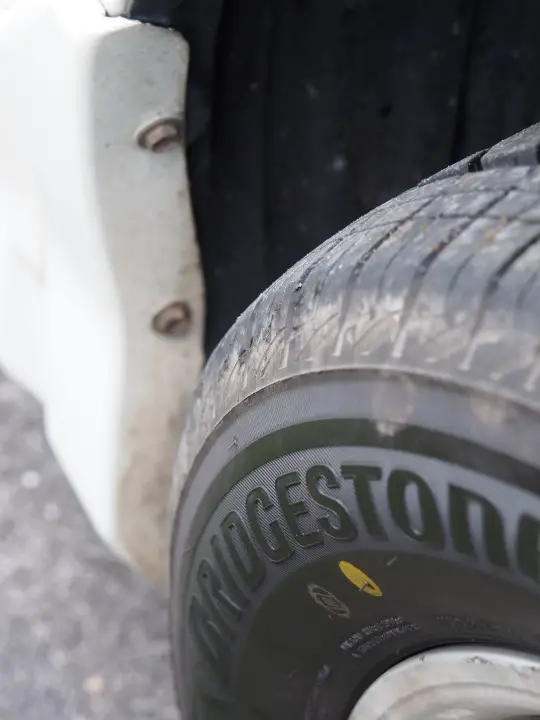
The WOF was up to Sep 2018 and the REGO would expire in May 2018. The owner had the vehicle was certified for self-containment up to year 2021. He had kept up with the servicing frequency and was confident about the mechanical capability of the car.
Not just the car,
Contents you can expect to find in a secondhand camper car
The inside of the car was a mess but he would be giving us everything if we bought it.
There was the surfboard, the guitar and the cooking utensils. He worked as a chef so most of these were of substantial quality too. There were also food staples like rice, quinoa, pasta, etc. And a lot of other things including a snorkel kit, a camping chair and a portable shower (with pump).
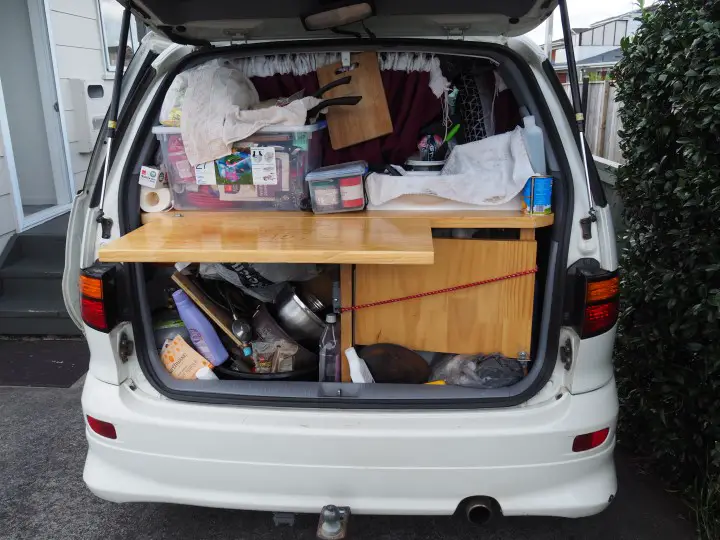
The wooden framework of the bed and the kitchen portion were sturdy and made of thick pine.
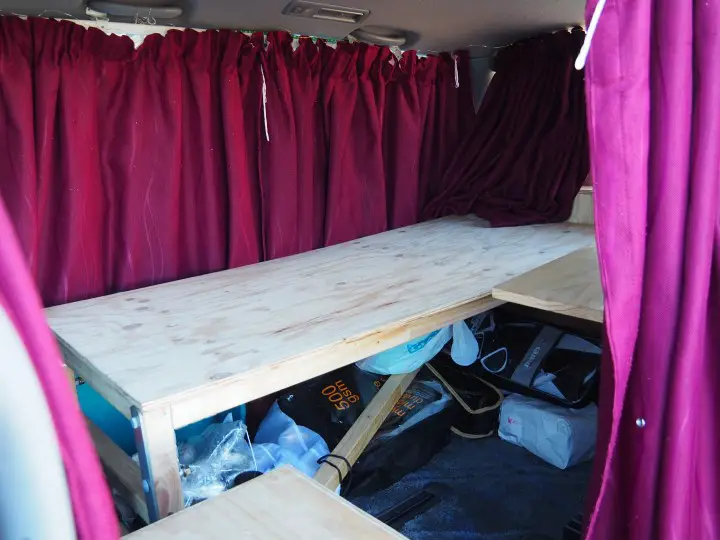
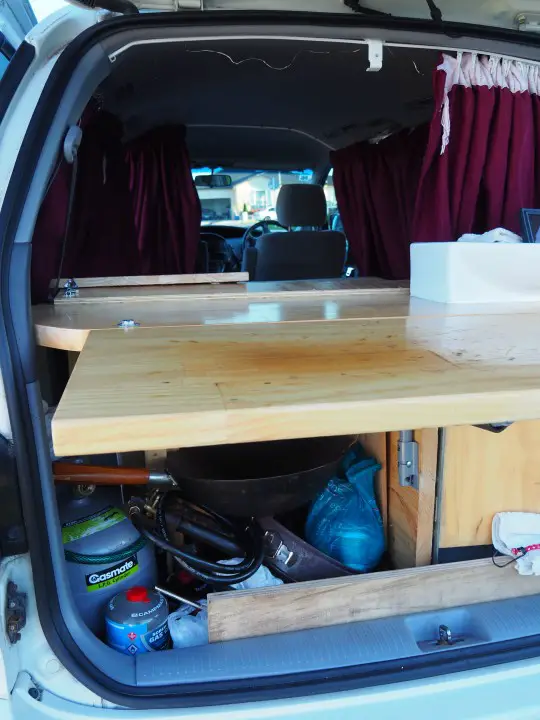
The bed could be converted into a couch within 10-20 minutes. Did I mention the car had a solar panel and second battery system which he had installed by himself? The fridge (yes, a fridge) runs off the power stored in the second battery. There is more than enough power to spare for charging our phones too.
Don’t be in a hurry:
Test driving a second hand car
The test drive went over smoothly – tried out the main road and a slope too. Checked that all the lights, doors, windows, wipers, locks functioned too. During the test drive, he gave tips on how to save on petrol.
We didn’t have much time to think about it, he was planning to fly back to Malaysia on Monday afternoon. We told him we’d let him know that night but we were pretty sure of our answer already.
Making a booking
That same day, we called him up and asked if we could make a deposit for the car in cash. The process took less than an hour. He wrote up a quick “document” including his passport details to make it official and we handed him the money. We would give him the balance on Monday morning. He could have left then but chose to spend an hour with us highlighting the best places to visit. He took out this large map and marked out all the places he loved on both islands. After that, he showed us a few more things about the car and we parted ways.
Buying our second hand car in New Zealand
On Monday, we met up with him again and settled the rest of the payment. Again, in cash.
There were two forms (got these from the post office) to fill as well too:
Both were needed to transfer the ownership of the car. He was surprised at how easy the process was too. One for the previous owner and one for the new owner. The whole process took less than 30 minutes with a small fee involved.
After checking that he’d gotten all his personal things out of the car, he handed us the keys. He also wished us luck for the rest of our time in New Zealand. And that we could contact him anytime on WhatsApp if needed.
And that, is how we got our Toyota Estima 2002 converted camper car (Automatic and uses petrol).
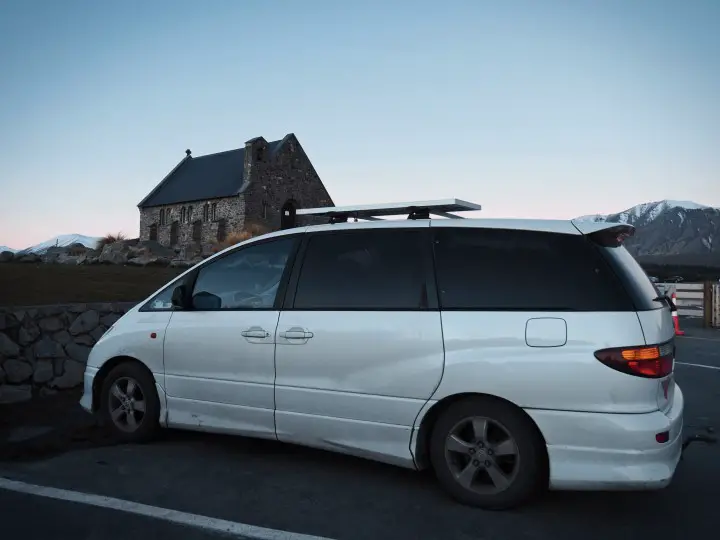
Where to find cheap petrol and campgrounds:
Apps for camping and vanlife in New Zealand
There is this free app called Gaspy which shows which gas station around you has lower prices. Overall, the sole downside was the mileage which was 200k km. The car had already gone through New Zealand before.
Another free app that is just as amazing (if not more) is Camper Mate. You can check where the nearest dumpsites are, free and low cost campgrounds, toilets, hot showers and even recommended stops. Always read the reviews left by fellow travelers before you go to your selected camp. These are sometimes very detailed and can help you avoid unwanted trouble.
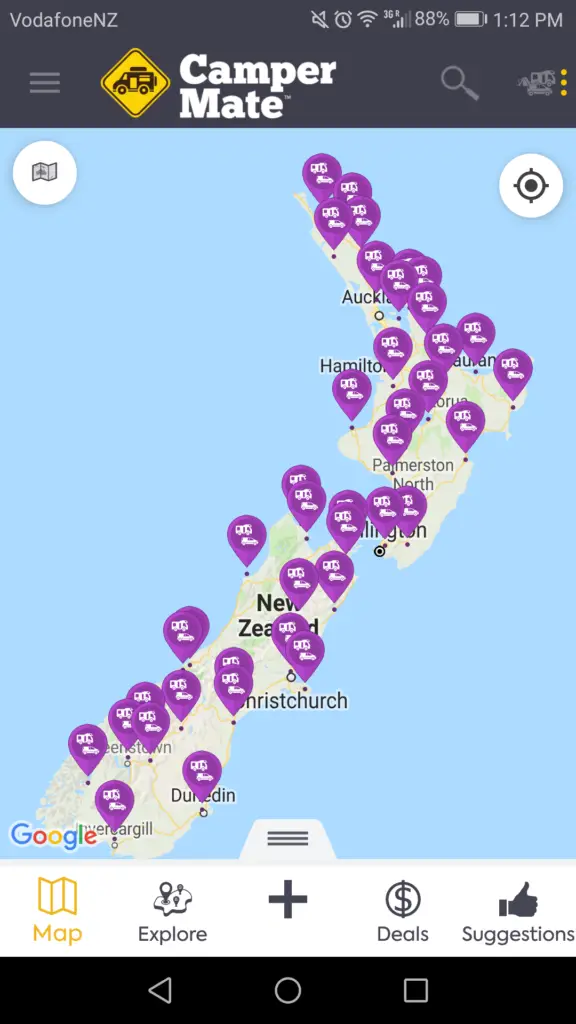
Update (12 Jul, 2018)For more details on CamperMate:
So far, we’ve taken it down to Tongariro (see our guide on The Tongariro Alpine Crossing) and the Coromandel Peninsula and had no problems. It is very good on the highway and does <10L/ 100km. We had to replace the wiper on the front passenger side of the car though as it left a long but faint scratch on the windscreen ='(
Did the engine oil change ourselves in June 2018 and it cost us around $100 NZD for the new engine oil (they have different types depending on the season) and some tools to change the oil filter as well. We bought our stuff from Super Auto Cheap and Repco using the membership card from the previous van owner.
Check this post out if you want to know what it’s like to camp in your car for the first time (New Zealand van life).
Update (4 Sep, 2018)
We’ve done our big New Zealand road trip from north to south island, even taking our Toyota Estima with us on the ferry. So far, so good. We will however have to renew our WOF (Warrant of Fitness) this month so stay tuned.
Note: Click the link to read about our experience on bringing our camper car with us on the Interislander ferry from the North to the South island in New Zealand
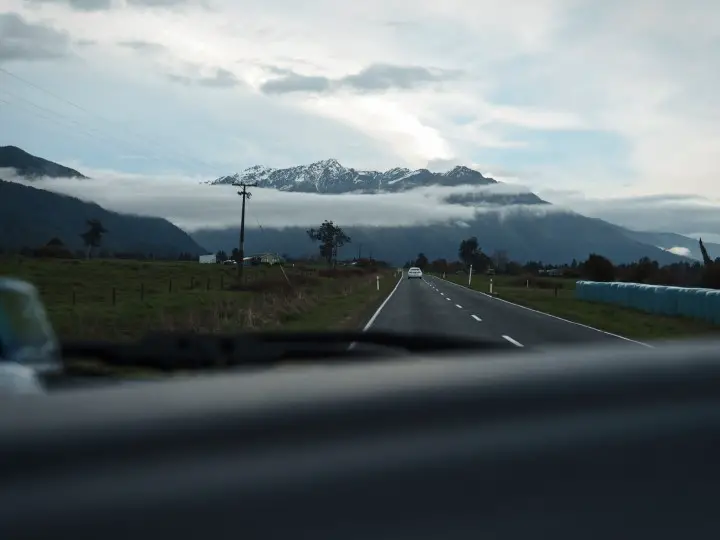
Update (18 Sep, 2018)
Renewing our WOF was easier than we thought. We found a workshop at Invercargill (that was open on weekends too!), paid $59 for the inspection and waited at the workshop with the free wifi. Didn’t need to make any bookings prior to driving in. In an hour or so, it was done. Our car passed. =DDDDD
Conclusion
At first, we were intimidated to live in our car. But after travelling for so long in New Zealand with our car serving as our house as well as our transport, it wasn’t actually bad at all. Give it a shot while you’re in New Zealand if you get the opportunity.
The most important thing:
Just make sure to invest some time in selecting and examining a car before you take it. Don’t ever buy a car if you get a bad feeling about the owner. Trust your gut!
Is vanlife something you could see yourself doing? Leave a comment below.
Also, pin this post!
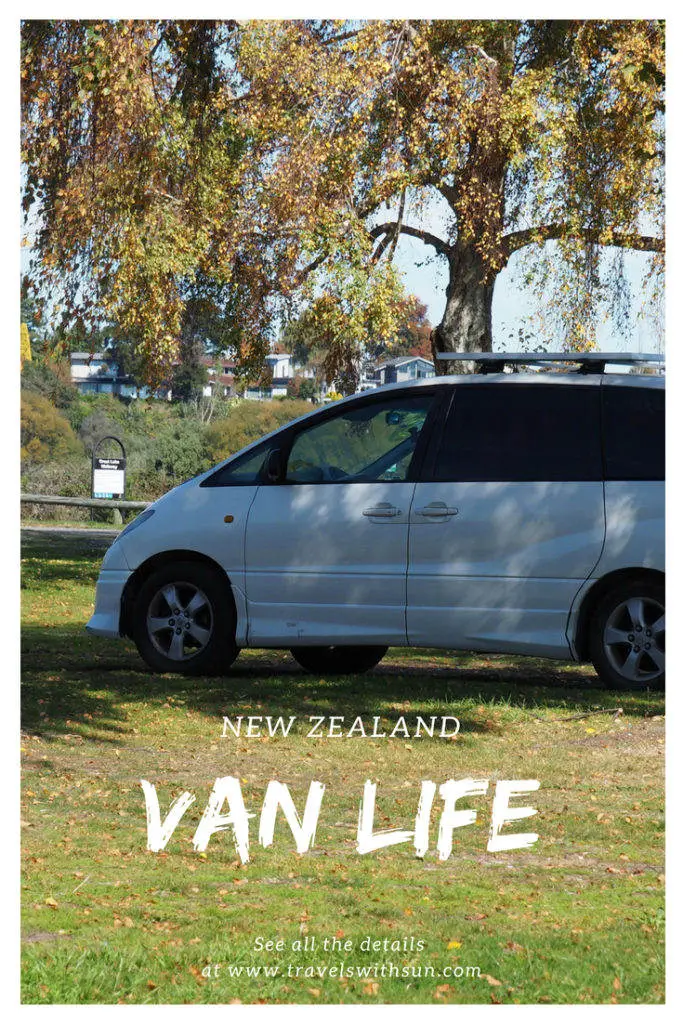
More posts you might be interested in:
Why you should consider buying a secondhand camper car in New Zealand
What is the cost of living in New Zealand while on a working holiday
Van life in New Zealand – sleeping in your camper car for the first time

